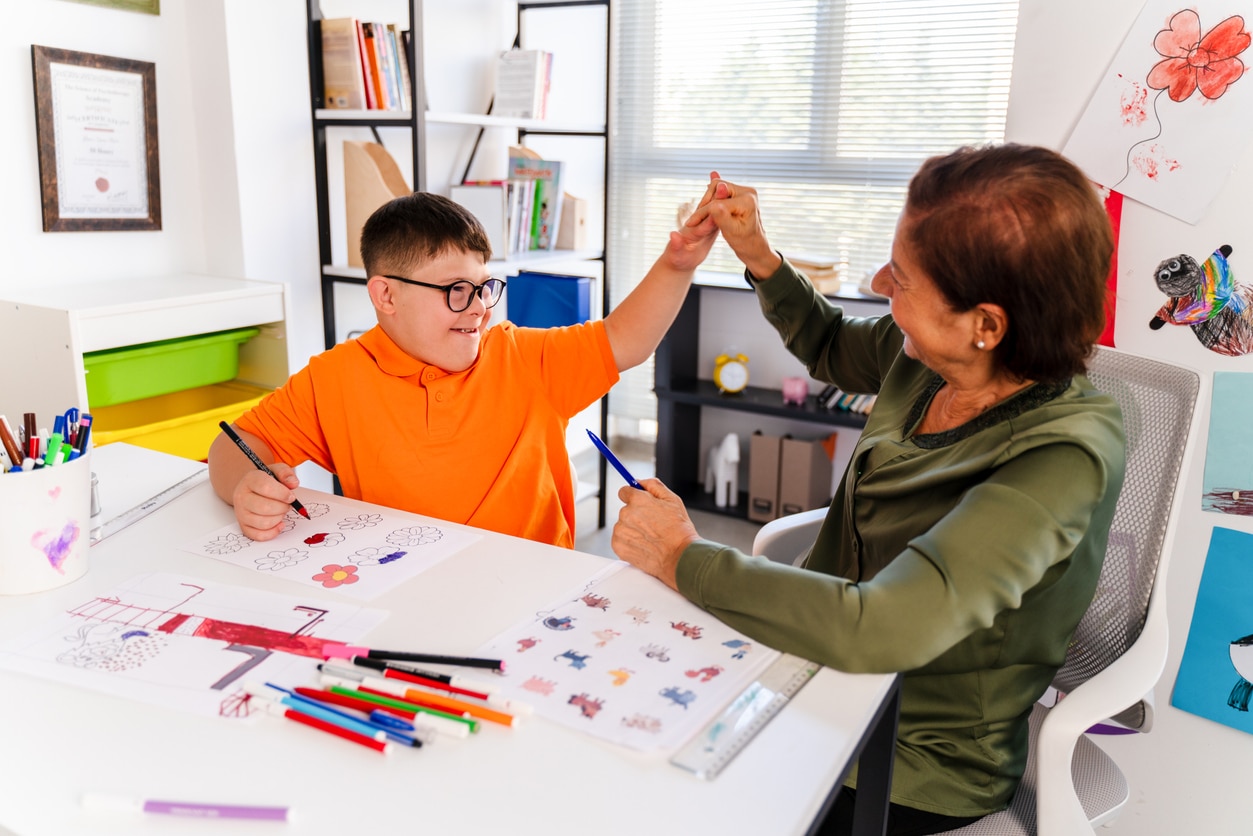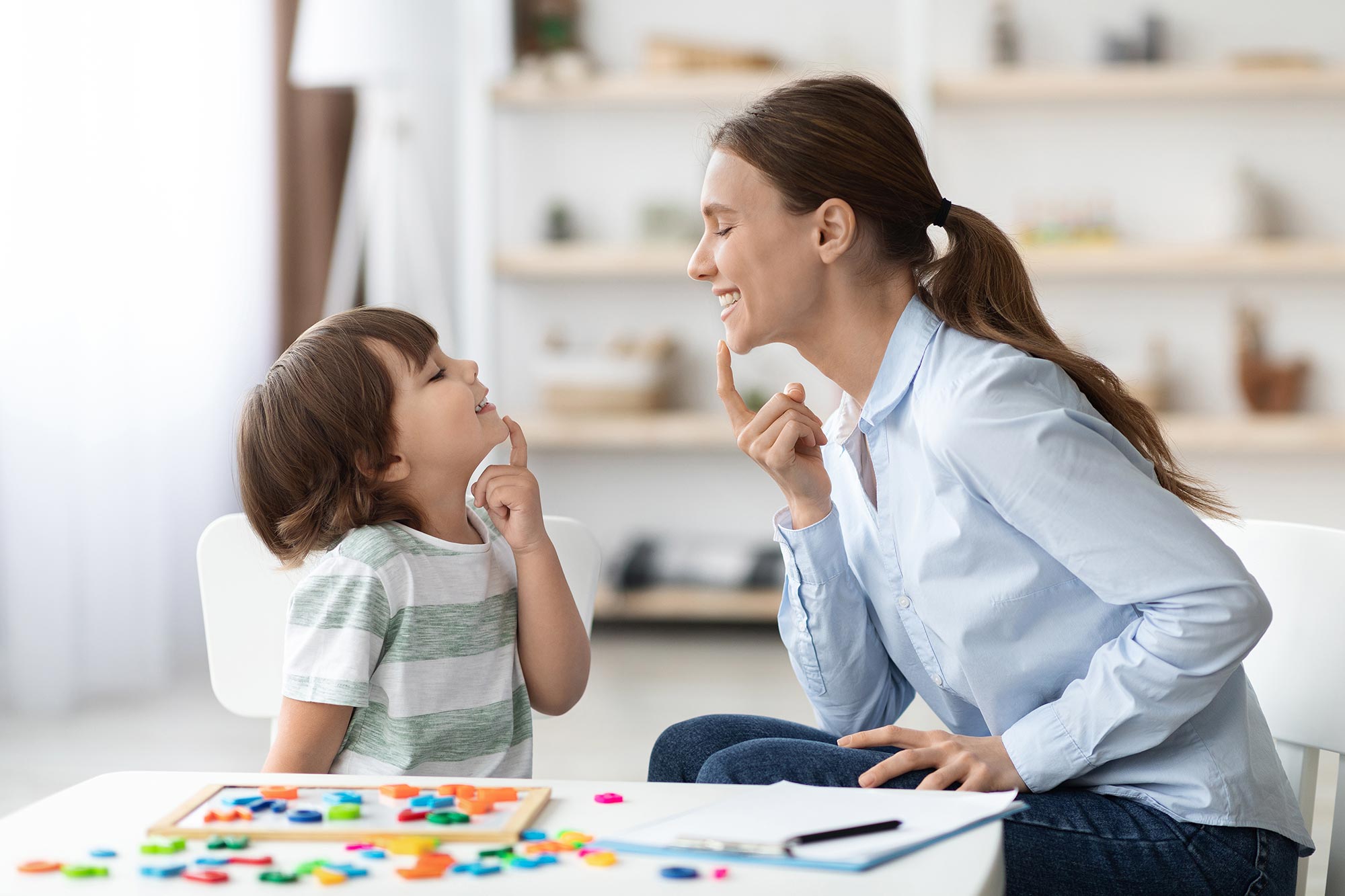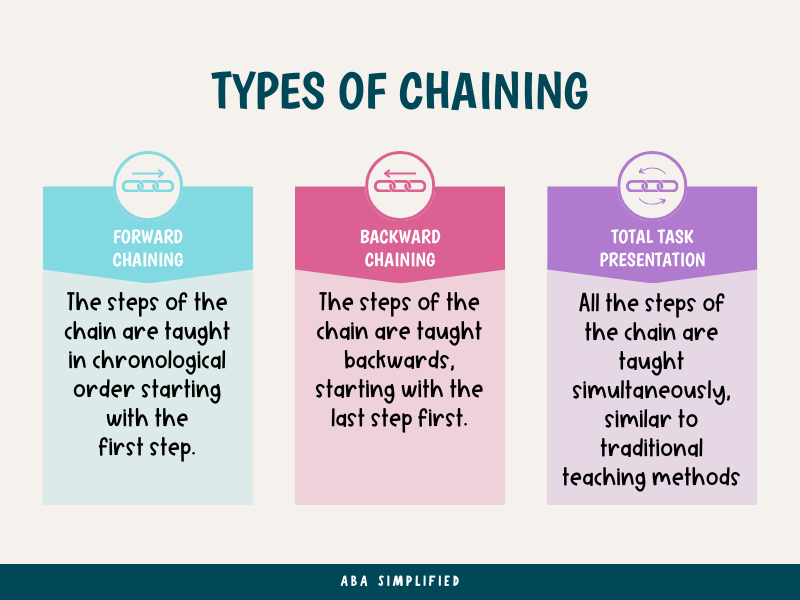ABA Therapy For Children Austin - Finding Support
For families in Austin with children who experience developmental differences, finding helpful support can feel like a really big step. Many parents and caregivers are looking for ways to help their little ones grow and learn in their own unique way. Applied Behavior Analysis, often called ABA, is one type of support that some families here in Austin consider for their children. It's a way of teaching and helping children pick up new skills and work through challenges they might be facing, all in a very gentle and organized manner.
This kind of support, you know, it focuses on how children learn and behave, really looking at why they do certain things and how they can learn new, more helpful ways of acting. It’s all about breaking down bigger skills into smaller, easier-to-manage parts, so children can feel good about their progress. For families living in the Austin area, there are different places and people who offer this kind of help, each with their own special approach, you see.
When you're thinking about something like ABA therapy for children Austin, it's pretty natural to have lots of questions. You might wonder what it actually involves, how it could help your child, and where you can find the right kind of support that feels like a good fit for your family. This information is here to give you a clearer picture, making things a bit simpler as you consider options for your child's growth and happiness.
- Dylan Dreyers Family Situation
- Pathivara Temple History And Significance
- Sophie Rain Sexuality
- Hattel Alan Berta
- Erin Kane
Table of Contents
- What Exactly is ABA Therapy for Children Austin?
- How Can ABA Therapy Help Children in Austin?
- Finding the Right ABA Therapy for Children Austin Provider
- What to Look For in ABA Therapy for Children Austin Services
- Is ABA Therapy for Children Austin Right for My Family?
- What Does a Typical ABA Therapy Session Look Like for Children in Austin?
- Supporting Your Child's Progress with ABA Therapy for Children Austin
- Resources for Families Seeking ABA Therapy for Children Austin
What Exactly is ABA Therapy for Children Austin?
ABA therapy, you know, it stands for Applied Behavior Analysis. It's a way of working with children that looks at how they learn and why they do the things they do. Think of it like this: every action a child takes, or every way they respond to something, has a reason behind it. ABA tries to figure out those reasons and then helps children learn new, more useful ways of interacting with the world around them. It's not about changing who a child is, but rather helping them gain skills that make their daily life a bit smoother and more joyful, which is pretty important, actually.
So, for children in Austin, this kind of therapy often involves teaching things like how to communicate more clearly, how to play with others, or how to handle daily routines, like getting dressed or eating meals. It breaks down these bigger actions into really small, manageable steps. For example, if a child is learning to ask for something, the therapist might start by helping them make a sound, then point, then use a word, and so on. It’s all done in a very encouraging way, using positive reinforcement, which basically means giving a child a little bit of praise or a favorite toy when they try something new or do something well. This makes learning feel good for them, you see.
The therapy is usually put together just for each child. This means that what one child works on might be very different from what another child focuses on, even if they are about the same age. The people who provide ABA therapy for children Austin spend time getting to know each child and their family, figuring out what skills would be most helpful for that particular child to learn. They also think about what the family hopes for their child. This careful planning helps make sure the time spent in therapy is as useful as possible for everyone involved, which is something many parents really appreciate.
- Zoe Jackson Nominations
- Mike Verta
- Buy Chatgpt Plus Iran
- Liensue Leads Real Name
- Connie Francis Current Health
It can happen in different places too. Some children get ABA therapy right in their own homes, which can be nice because they are in a familiar spot. Others might go to a special center where they can be around other children and have different toys and learning tools. Sometimes, it even happens at school, so the child can get support right there in their classroom. The location often depends on what works best for the child and their family, and what kind of skills they are working on. It's really about making the support fit into the child's daily life as much as possible, you know.
How Can ABA Therapy Help Children in Austin?
Many families wonder how ABA therapy for children Austin might actually make a difference in their child's life. Well, the main idea is to help children gain important skills that make their everyday experiences better. One big area where it often helps is with communication. For children who find it hard to express what they want or need, ABA can teach them new ways to share their thoughts, whether that’s through words, pictures, or even gestures. This can really cut down on frustration for both the child and their family, which is a pretty big deal.
It also helps with social skills, which are those ways we interact with other people. For instance, a child might learn how to take turns when playing a game, how to share toys, or how to say hello and goodbye. These are things that come easily to some children, but for others, they need a bit of teaching and practice. ABA can provide that structured way to learn these important social connections. It’s about helping children feel more comfortable and confident when they are around others, you see.
Beyond that, ABA therapy can support children in learning what we call "adaptive living skills." These are the things we do every day to take care of ourselves, like getting dressed, brushing teeth, or eating with a spoon. For some children, these tasks can be quite tricky, and breaking them down into smaller steps can make them much easier to learn. The goal is to help children become more independent in their daily lives, which is something every parent wants for their child, isn't it?
And then there’s the part about managing challenging behaviors. Sometimes, children might do things that are difficult for them or for others, like having big meltdowns or hurting themselves. ABA tries to understand why these behaviors are happening. Is the child trying to get attention? Are they trying to avoid something they don't like? Once the reason is clearer, the therapy can help the child learn different, more helpful ways to get their needs met. It’s about teaching them new responses instead of the old ones, which can bring a lot more peace to the home, too it's almost.
Finding the Right ABA Therapy for Children Austin Provider
When you decide that ABA therapy might be something you want to explore for your child, the next step is finding a good place or person to provide it. This can feel a little bit overwhelming, you know, because there are different options here in Austin. It's like looking for any kind of important service; you want to make sure you find someone who truly understands your child and your family's needs. You're looking for a team that feels supportive and kind, someone you can really trust with your child's growth. This search can take a little time, but it's worth it to find the right fit.
One of the first things people often do is ask for recommendations. Maybe you know other parents who have children getting ABA therapy in Austin, or perhaps your child’s doctor or school counselor can suggest some places. Sometimes, support groups for parents of children with developmental differences can be a really good source of information. Hearing about other people's experiences can give you a lot of helpful ideas about where to start looking. It’s like getting a personal recommendation, which can be very reassuring, you see.
Once you have a few names, it’s a good idea to reach out to them. Most places that offer ABA therapy for children Austin will be happy to talk with you on the phone or set up a meeting to answer your questions. This is your chance to learn about their approach, how they work with children, and what their team is like. You can ask about their experience, what kind of training their therapists have, and how they involve families in the therapy process. It’s really about getting a feel for the place and the people, you know.
It’s also pretty important to think about the practical side of things. Does the provider accept your insurance? How far away are they from your home or your child’s school? What are their hours like? These kinds of details can make a big difference in whether the therapy can actually work for your family’s daily life. You want to find a place that is not only good at what they do but also makes it easy for you to access their services regularly. It’s all part of making the whole process as smooth as possible for your child and for you, too.
What to Look For in ABA Therapy for Children Austin Services
When you're checking out different places that offer ABA therapy for children Austin, there are some specific things you might want to keep in mind. First off, you want to make sure the people working with your child are well-trained and have the right certifications. This means they’ve gone through proper schooling and have shown they know how to do this kind of work in a good way. You can ask about their credentials, like if they are a Board Certified Behavior Analyst (BCBA), which is a common certification for people leading ABA programs. This helps you feel confident that your child is in capable hands, you know.
Another thing to look for is how they plan the therapy. A good ABA program will always start with a very careful look at your child's current skills and what they need to learn. They should then create a plan that is unique to your child, focusing on goals that are meaningful for them and your family. It shouldn't be a one-size-fits-all approach. You want to see that they are thinking specifically about your child’s strengths and areas where they could use some help. This personal touch is actually very important.
Also, it’s really helpful if the therapy team talks with you a lot. You want a place that keeps you in the loop about your child’s progress and asks for your input. They should be willing to teach you some of the strategies they use so you can also support your child at home. When parents are involved, it makes the therapy even more effective because everyone is working together. It’s a team effort, really, and you are a very important part of that team, so.
Finally, consider the environment where the therapy happens. Is it a place where your child will feel safe and happy? Is it a welcoming space? For younger children, you might want to see if they use play-based methods, which means they teach skills through fun activities and games. Children learn best when they are enjoying themselves, right? So, finding a place that makes learning feel like a positive experience can make a big difference in how your child responds to ABA therapy for children Austin. It’s about creating a good feeling around the learning process, you see.
Is ABA Therapy for Children Austin Right for My Family?
Deciding if ABA therapy is the right path for your child and your family is a very personal choice, and it's totally normal to have a lot of thoughts and feelings about it. There's no single answer that fits everyone, because every child and every family is different. What works wonderfully for one family might not be the best fit for another, and that's perfectly okay. It’s about figuring out what truly aligns with your family’s values and your child’s unique needs, you know.
One way to start thinking about this is to consider your child's current needs and what you hope for their future. Are there specific skills you really want them to gain, like better communication or more independence in daily tasks? Are there certain behaviors that are making life really tough for them or for the family? If you have clear goals in mind, then looking into how ABA therapy for children Austin addresses those specific areas can help you decide. It’s about seeing if the therapy’s goals match your own aspirations for your child, which is pretty important.
It's also a good idea to talk with your child's doctor or other professionals who know your child well. They might be able to offer some insights or suggest if ABA could be a helpful option based on their understanding of your child's development. They can also help you think through any other supports or services that might be beneficial. Getting different perspectives can give you a more complete picture as you make your decision, you see.
Remember, too, that ABA therapy often requires a commitment of time and effort from the family. It's not just about the child attending sessions; it's also about parents learning strategies and using them at home to help their child keep practicing new skills. So, think about what your family can realistically commit to. If you feel ready to be an active part of the therapy process, that's a good sign. It's about finding a balance that works for everyone in the household, which is something to really consider, you know.
What Does a Typical ABA Therapy Session Look Like for Children in Austin?
When you picture an ABA therapy session for children in Austin, it might not be what you expect. It's usually not like sitting at a desk doing worksheets all the time. Instead, it’s often very active and playful, especially for younger children. The idea is to make learning fun and natural, so children are more likely to want to participate and learn new things. It’s about creating an engaging environment where learning just happens as part of their day, in a way.
A typical session might involve a lot of play. The therapist might use toys, games, or even songs to help a child work on their goals. For example, if a child is learning to ask for things, the therapist might hold up a favorite toy and wait for the child to make a sound or point towards it. When the child does, they get the toy and lots of praise. This is that positive reinforcement at work, making the child feel good about their efforts. It’s a very gentle way to
- Barbara Bach Sister
- Pokimane Origin
- Robert Paul Schoonover
- Terrel Williams Now
- Pathivara Temple Opening Hours

Who Benefits From ABA Therapy? | Who Needs ABA Therapy?

How Do I Start ABA Therapy With Ascend? – Ascend Behavior Partners

Using Task Analysis in ABA Therapy — ABA Simplified